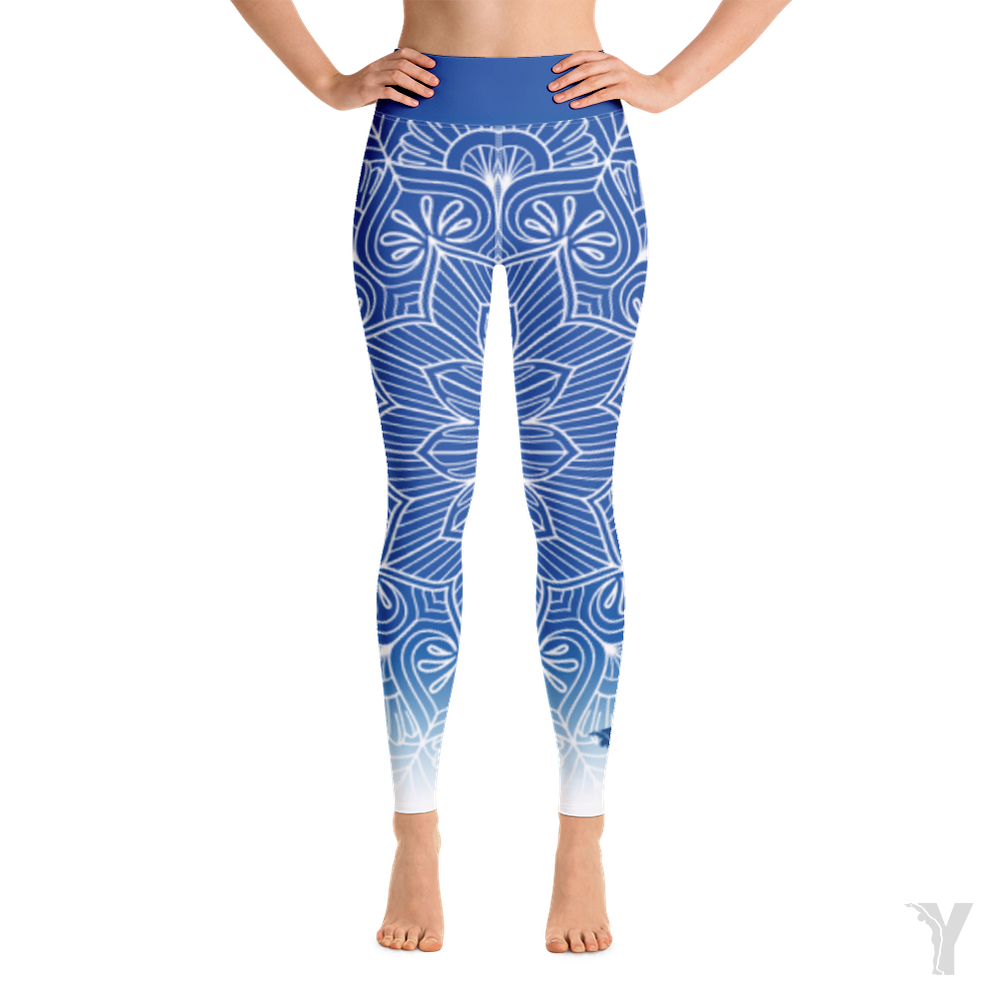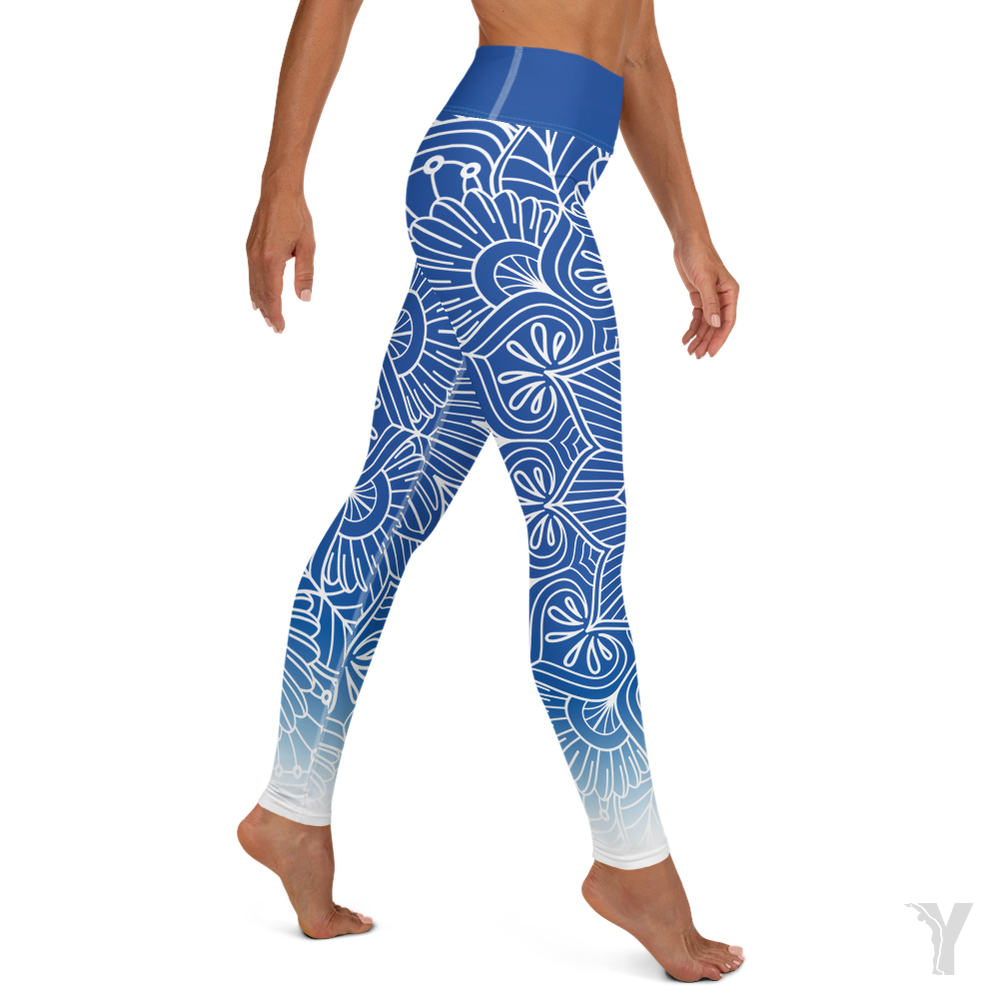Which yoga to choose to reduce stress and anxiety?

Introduction: Yoga, a natural antidote to stress
In our modern society, stress and anxiety seem to have become almost inevitable companions. Between work deadlines, family responsibilities, uncertainties related to health or finances, our minds are often overwhelmed. According to a recent study, more than 40% of adults admit to suffering from chronic stress levels, which can quickly lead to anxiety if we don’t take care of ourselves.
But fortunately, there are natural ways to calm this mental whirlwind. Among the most effective and accessible, yoga stands out. This age-old practice not only strengthens the body, it also offers profound mental well-being. If you are wondering what type of yoga can help you soothe your stress and anxiety, this article is for you!
Why Yoga is Effective Against Stress and Anxiety
Yoga is more than just a physical activity. It is a discipline that combines body and mind , with the aim of harmonizing the two. By acting directly on the nervous system, it creates an environment conducive to relaxation . But how exactly does it work to help manage stress and anxiety?
Controlled breathing (Pranayama)
Breathing is key to stress management. When we are stressed or anxious, our breathing becomes rapid and shallow. Yoga teaches deep breathing techniques, called pranayamas, which help activate the parasympathetic nervous system. This system is responsible for the body's relaxation and recovery. Techniques like alternate nostril breathing (Nadi Shodhana) or deep breathing (Dirga Pranayama) can quickly lower the heart rate, reduce muscle tension , and calm the mind.
Conscious movement
Unlike other forms of physical exercise, yoga is practiced with great awareness of each movement. This attention paid to oneself allows one to release tensions accumulated in the body, often without one being aware of it. By synchronizing the breath with the movement , yoga encourages a step back and invites one to return to the present moment, where the concerns of everyday life no longer have any hold.
Meditation and Mindfulness
Meditation is often associated with yoga, and not without reason. Through guided meditation or mindfulness exercises, yoga helps to calm the incessant flow of thoughts. Regular practice allows you to better observe your thoughts without getting attached to them, which is particularly useful for anxious people, often invaded by recurring negative thoughts. The mind then becomes more serene, more centered.
The most suitable types of yoga to combat stress
Not all yoga styles are equal when it comes to reducing stress and anxiety. Some are more dynamic, while others focus on slowness and relaxation. Here is a selection of the most suitable practices for finding inner calm. You can also find for each type of yoga, an article that details its history and benefits.
1. Hatha Yoga: The yoga of balance
Hatha Yoga is a form of yoga accessible to all, ideal for beginners and experienced practitioners alike. This practice is based on postures (asanas) held for several breaths, combined with breathing exercises (pranayama). It is distinguished by its balanced and calm approach, which makes it a perfect option for calming the nervous system.
Holding the postures for a period of time allows you to focus fully on your breathing and develop a heightened awareness of your body. This practice invites you to gradually let go, releasing muscular tension and calming the mind.
The benefits of Hatha Yoga against stress are numerous:
- It improves breathing by working the diaphragm.
- It promotes better circulation of energy in the body, helping to reduce fatigue.
- It strengthens the ability to stay anchored in the present moment.
Learn more about hatha yoga .
2. Yin Yoga: The practice of deep relaxation
If you are looking for a gentle yoga, Yin Yoga is for you. This slow and passive practice is based on postures held for several minutes, often in a seated or lying position. The goal? To let go completely to access the deep layers of the body and release chronic tensions.
Yin Yoga acts directly on the connective tissues (fascia), which allows a release of accumulated tensions. It also activates the parasympathetic nervous system, which triggers a relaxation response throughout the body. This approach promotes a state of intense relaxation, often described as meditative.
Yin yoga poses, such as butterfly pose or dragon pose, encourage deep introspection and help cultivate patience and calm. It is an excellent practice for those who suffer from anxiety, as it allows you to slow down and center yourself, while relaxing the body in a lasting way.
Learn more about yin yoga
3. Yoga Nidra: The Yoga of Awakeful Sleep
Yoga Nidra, also known as “yogic sleep,” is a guided relaxation technique that brings the mind into a state of deep awareness while remaining awake. It is one of the most powerful practices for combating stress because it allows the mind and body to completely relax.
The process of Yoga Nidra involves lying in Savasana (corpse pose) while being guided through an inner journey. This relaxation method allows you to access alpha brainwaves, the same ones you experience just before falling asleep. In 20 to 40 minutes of practice, you can achieve the same benefits as a full night of restful sleep.
Yoga Nidra helps to:
- Reduce anxiety and depression.
- Improve sleep quality.
- Promote deep and regenerative relaxation.
4. Gentle Vinyasa: A fluid flow to soothe the mind
Vinyasa is a more dynamic form of yoga, where postures flow in a fluid manner, synchronized with the breath. However, a gentler version of Vinyasa is ideal for calming the mind while moving the body. This type of yoga allows you to release bodily tension through movement, while channeling energy in a positive way.
Gentle Vinyasa encourages mindfulness through movement. Each transition between postures becomes an opportunity to focus on your breathing, which has a calming effect on the nervous system. This practice also helps to release pent-up emotions, which are often the cause of stress and anxiety.
This style of yoga is perfect if you feel the need to let off steam while refocusing, offering the right balance between physical effort and relaxation.
Learn more about Vinyasa yoga
Key Postures to Reduce Stress and Anxiety
If you don't know where to start, here are some simple and effective poses you can practice at home to release accumulated tension and calm your mind. These poses are accessible to everyone, and can be integrated into any anti-stress yoga routine.
-
Balasana (Child's Pose)
Child's pose is a grounding and self-centered pose that provides a sense of security. By placing your forehead on the ground, you create a soothing contact with the earth, while releasing tension in your back and shoulders. This pose is perfect for refocusing and relaxing after a stressful day.
-
Viparita Karani (Legs against the wall)
Viparita Karani is a restorative posture that involves lying on your back with your legs against a wall. This inverted position helps release tension in the legs and promote blood circulation. It is an ideal posture to calm the mind and restore balance after a period of intense stress.
-
Savasana (Corpse Pose)
Savasana is the ultimate relaxation pose. It involves lying on your back with your arms and legs relaxed and letting go completely. Although it may seem simple, it is a powerful pose for achieving a state of deep relaxation. It helps integrate the benefits of the practice and release any remaining tension. We talk about it in more detail in this article .
-
Uttanasana (Standing Forward Bend)
Uttanasana is a forward bend that helps relax the spine and release the head and neck. This pose helps to soothe the nervous system and calm the mind. It is a great pose to reduce anxiety as it encourages physical and mental letting go.
Incorporate practice into your daily life for sustainable stress management
Yoga is a powerful tool, but to feel its lasting benefits, it’s important to make it a regular habit. Here are some tips for incorporating a stress-relieving yoga practice into your daily routine:
-
Regularity above all
There’s no need to practice for hours. Even 10 to 20 minutes a day can have a significant impact on your stress levels. The key is consistency. Try to dedicate a specific time of day to your practice, for example in the morning when you wake up or in the evening before going to sleep.
-
Create a Zen space at home
To promote relaxation, it is essential to practice in a calming environment. Create a quiet corner with a yoga mat, a few candles, and possibly soft music or relaxing essential oils like lavender.
-
Combined with a healthy lifestyle
Anti-stress yoga works even better when combined with a healthy lifestyle. Take care of your diet, hydrate yourself sufficiently, and avoid stimulants like caffeine if you are prone to stress. At the same time, try to get enough sleep and take time for yourself every day.
Soothe your mind with yoga
Yoga is a complete practice that is not limited to simple body movement. It is a true path to inner peace and well-being. Whether you choose Hatha Yoga for its balance, Yin Yoga for its deep relaxation, Yoga Nidra for its regenerative power or a gentle Vinyasa to release energy, each style of yoga has unique benefits to soothe stress and anxiety.
The key is to find the practice that suits you, the one that allows you to reconnect with yourself, calm your mind and release accumulated tensions. With regular practice, you will discover that yoga can truly transform the way you manage stress and offer you a more serene life.
So, are you ready to roll out your mat and say goodbye to stress?










